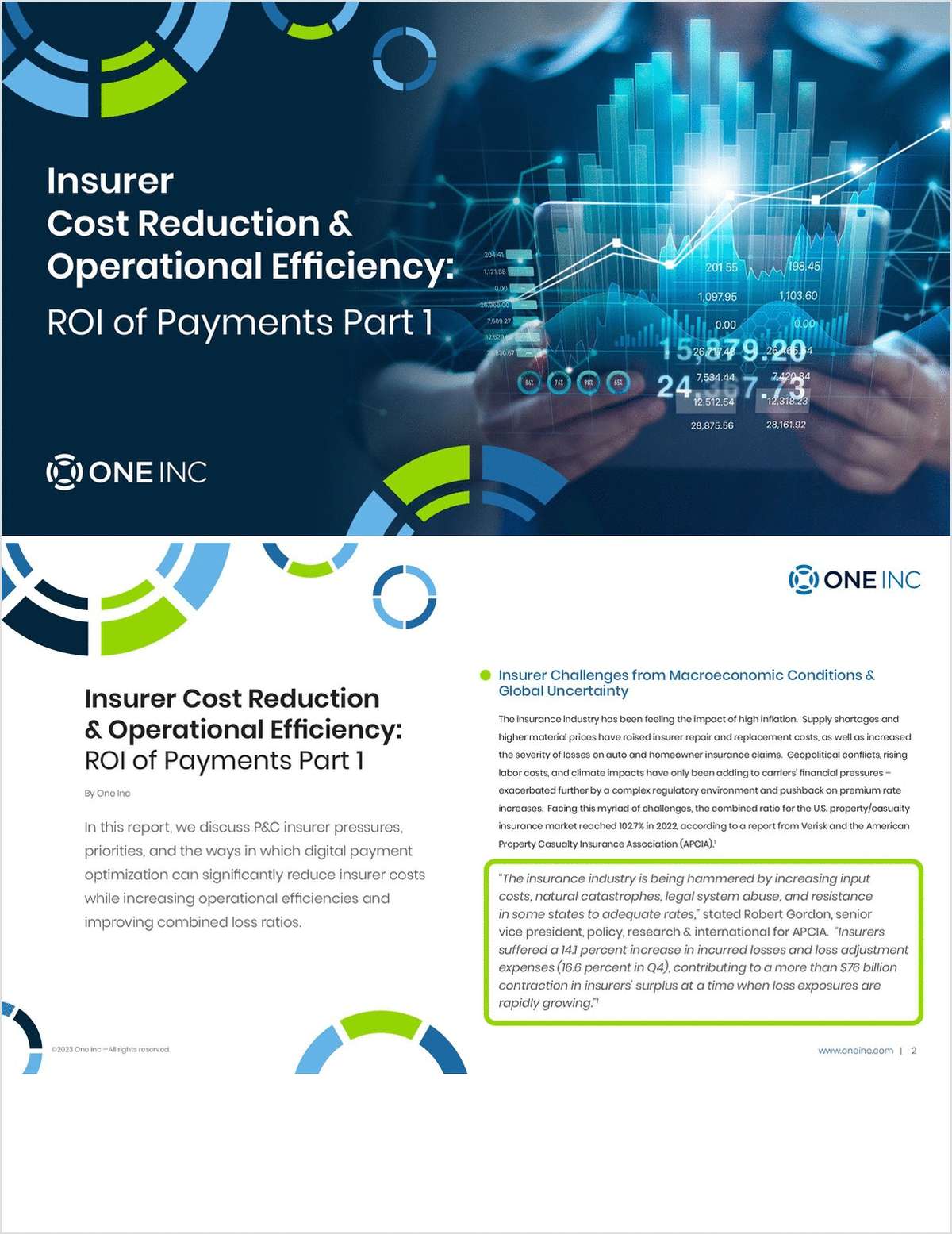Property-casualty insurers improving reserve levels in the past year could be threatened by a softening pricing environment, according to a new Standard & Poor's report.
"Underwriting discipline has improved since the late 1990s, when insurers grossly underpriced to gain market share and relied on investment income to sustain financial strength," said Standard & Poor's credit analyst Siddhartha Ghosh. "That, coupled with a harder market, has yielded high profitability and lower-than-expected loss levels."
The industry's overall reserve position improved substantially in 2005, compared with the preceding three years (2002-2004).
However, the unusually long need for reserve additions for accident years 1997-2001 is flying in the face of conventional wisdom, which dictates loss experience for older business is supposed to clarify as it seasons, with the need for additional reserves reducing, S&P's report said.
The challenges of reserving in those lines are casting doubts on the insurance industry's ability to reserve correctly, especially in a highly price-competitive environment as that experienced in the late 1990s, according to S&P.
The report said the fact the industry reserved a relatively modest $7 billion for all prior accident years indicates that reserving is a cyclical phenomenon that improves in hard markets and deteriorates in soft markets.
"The primary driver behind the substantial reserve additions over the last four years (2002-2005) was the 1997-2001 accident-year block," Mr. Ghosh said.
A total of 85 percent of the $53 billion of reserve additions over the last four years was for that block alone, he noted.
And reserving needs for those years are still growing with last year's $11.4 billion exceeding the $11 billion in 2004 and $9 billion the year before that.
"Therefore, we are still concerned about the level of reserves for long-tail lines," Mr. Ghosh said. "However, we could be seeing some light at the end of the tunnel."
But in the end, it all comes down to managing the cycle. "Past problems were a direct result of overoptimistic assumptions in measuring liabilities, especially in a highly competitive market cycle, and deliberate attempts by insurance company management to manipulate earnings in a soft cycle," the report said.
Whether or not current prudent reserving practices will remain sustainable during a soft cycle will be one of the challenges facing the industry in the coming years, the report concludes.
Want to continue reading?
Become a Free PropertyCasualty360 Digital Reader
Your access to unlimited PropertyCasualty360 content isn’t changing.
Once you are an ALM digital member, you’ll receive:
- Breaking insurance news and analysis, on-site and via our newsletters and custom alerts
- Weekly Insurance Speak podcast featuring exclusive interviews with industry leaders
- Educational webcasts, white papers, and ebooks from industry thought leaders
- Critical converage of the employee benefits and financial advisory markets on our other ALM sites, BenefitsPRO and ThinkAdvisor
Already have an account? Sign In Now
© 2024 ALM Global, LLC, All Rights Reserved. Request academic re-use from www.copyright.com. All other uses, submit a request to [email protected]. For more information visit Asset & Logo Licensing.








